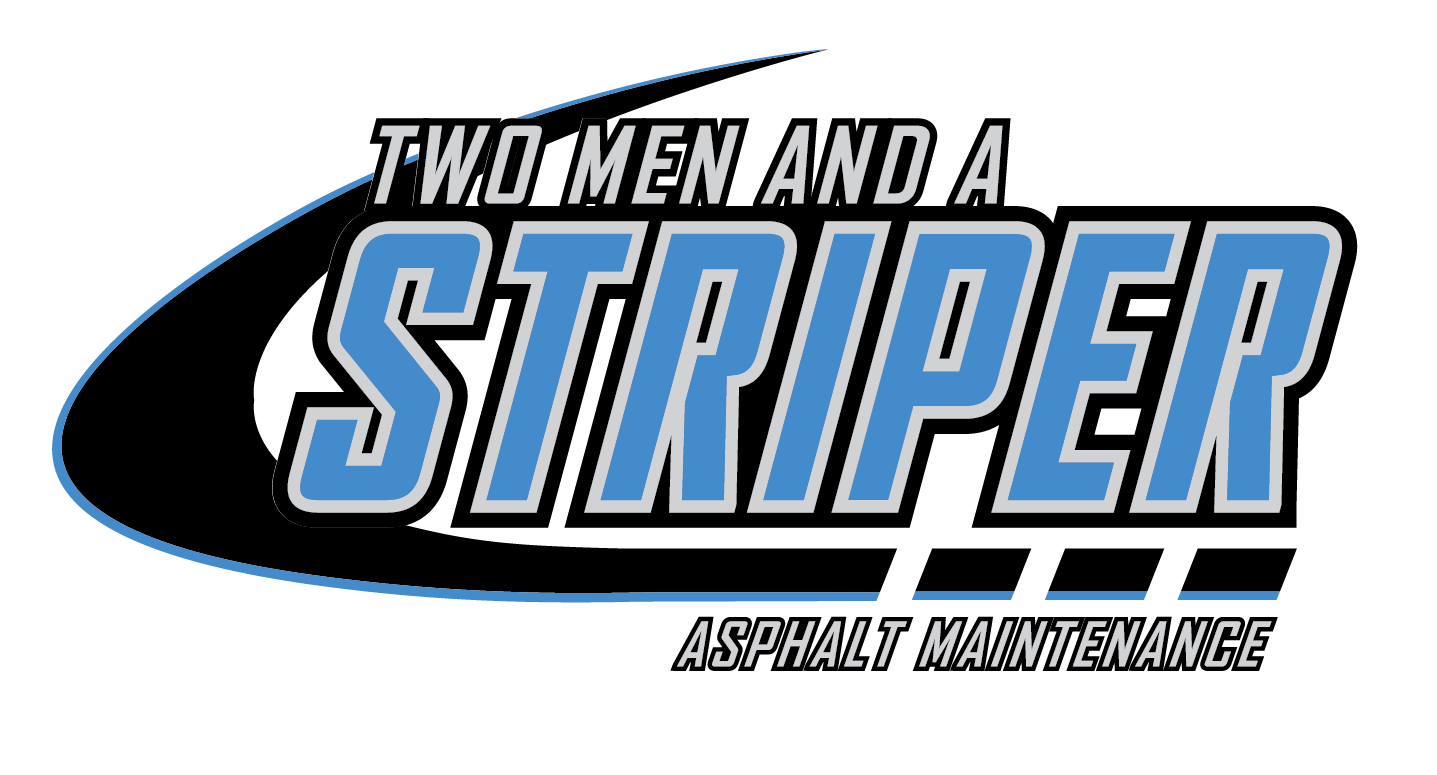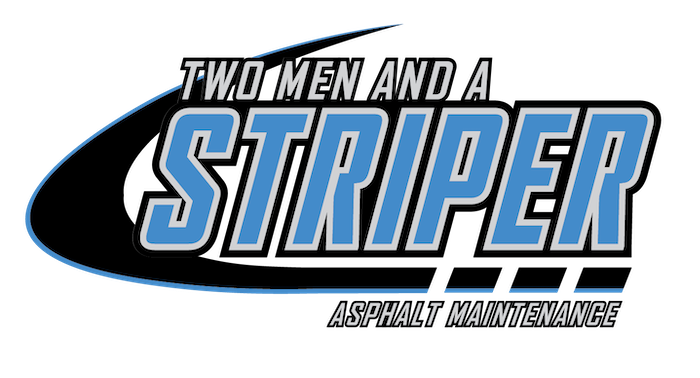The concept of infrared repair in layman’s terms is the process of heating up a repair area using infrared wavelengths to a temperature of 350˚F in order to rake, lute, and compact the repair area leaving a seamless and thermally bonded transition between the repair area and the surrounding asphalt.

